
April 2019
Working with such a new medium is both exciting and daunting. Writing a book, making a film, or even building a website have certain tried & tested ways & methodologies one can follow to predict with relative accuracy the outcome of one’s endeavour. Innovation is still alive in these different mediums, but well-worn trodden paths of convention make innovation difficult and risky.
With VR & AR there are no well-trodden paths to follow, you are in many ways facing a jungle and with machete in hand, carving your own path. There is no long history of rules & guides that make for a good or bad VR experience and as a developer or designer you find yourself drawing inspiration and ideas from other pioneers in the field around you, watching as developers simply learn by doing. Imagine everyone throwing mud against a wall and then watching in union what sticks or what doesn’t.
With that in mind I try to allocate 4 – 5 hours each weekend to jump into the latest virtual reality experiences on the Oculus Rift or HTC Vive. The results are a chaotic mixed bag of ideas & mechanics being mashed together with varying degrees of success. However, through the frenetic noise of design evolution one can glimpse at the embryonic state of virtual reality & augmented and gasp in sheer wonder at the imminent shift they are going to catalyse in machine driven human to human interaction.
As we have touched upon in previous articles the core of these mediums is about putting the user into the narrative experience rather than just allowing them to passively observe the story. Awkward attempts so far to force you to ‘embody’ a character in VR that talks on your behalf removing any degree of agency feels fundamentally flawed and results in a weird ‘Being John Malkovich’ sensation breaking immersion. In a similar vein interacting with AI driven avatars is exponentially more artificial with a greater degree of the uncanny valley as your human presence picks up on their non-organic interactions and responses.
However, when you allow two or more humans to interact with each other in virtual reality or augmented reality suddenly you experience a far deeper & resonating state of immersion. VR seems to catalyse a level of human to human interaction not possible with other forms of communication technology.
My experience with this to date has been with the various social platforms and multi user games available in VR. One immediately feels presence with other users and the barrier of hiding behind an ‘avatar’ quickly melts away. From this baseline the simple act of communication between humans begins to emerge as a critical mechanic in driving forward experiences in unique and organic ways. If it is cooperative, competitive or simply social, VR is clearly mirroring our real world bringing our human communication & interactions into limitless digital worlds.
And when I use the word limitless, I really mean it. VR & AR allow us to interact and communicate in ways words limit us. A simple experiment run back in 2014 gave a glimpse of that possibility allowing users to exchange their bodies and genders in a study on empathy.
These sentiments seem to be shared by venture capital firms around the world who are seeing the dollar signs somewhere along the road as they plant their investment stakes heavily in a variety of social VR platforms.
All of this begs the question; how will immersive technology define human to human interaction in a limitless virtual world and what could that interaction & communication look like?

 Cultivating Minds: How Havrå Farm Game will Grow Sustainable Leaders
Cultivating Minds: How Havrå Farm Game will Grow Sustainable Leaders How cultural heritage is leveraging blockchain and NFTs to reconnect to their audience
How cultural heritage is leveraging blockchain and NFTs to reconnect to their audience It’s hot tub time
It’s hot tub time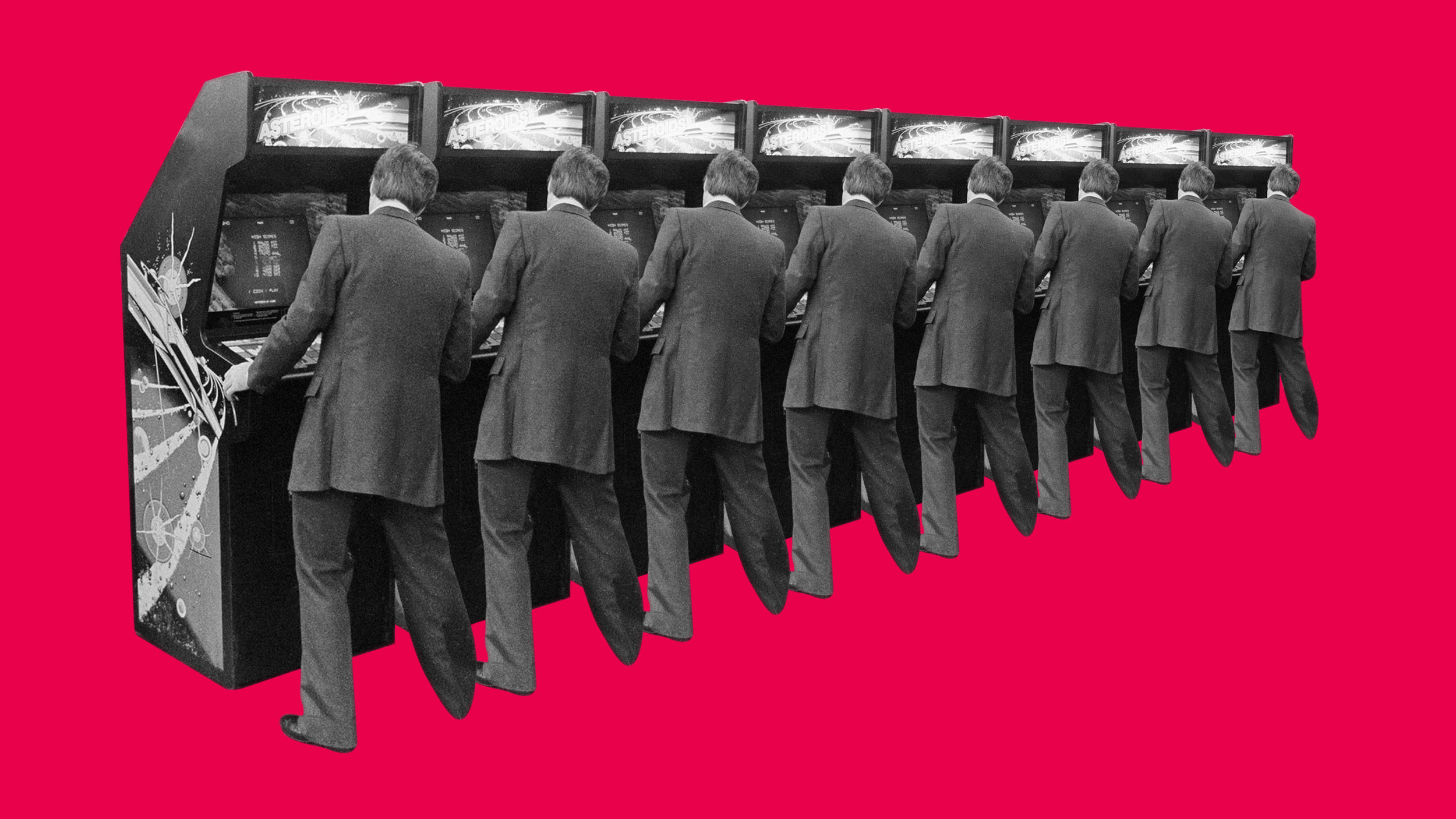 The renaissance of the classic arcade
The renaissance of the classic arcade A model for understanding the virtual reality experience
A model for understanding the virtual reality experience How VR / AR are an effective b2b sales solution
How VR / AR are an effective b2b sales solution Untangling the wires – how 2019 will see virtual reality cut the umbilical-cord
Untangling the wires – how 2019 will see virtual reality cut the umbilical-cord Our long road to getting virtual reality on the road
Our long road to getting virtual reality on the road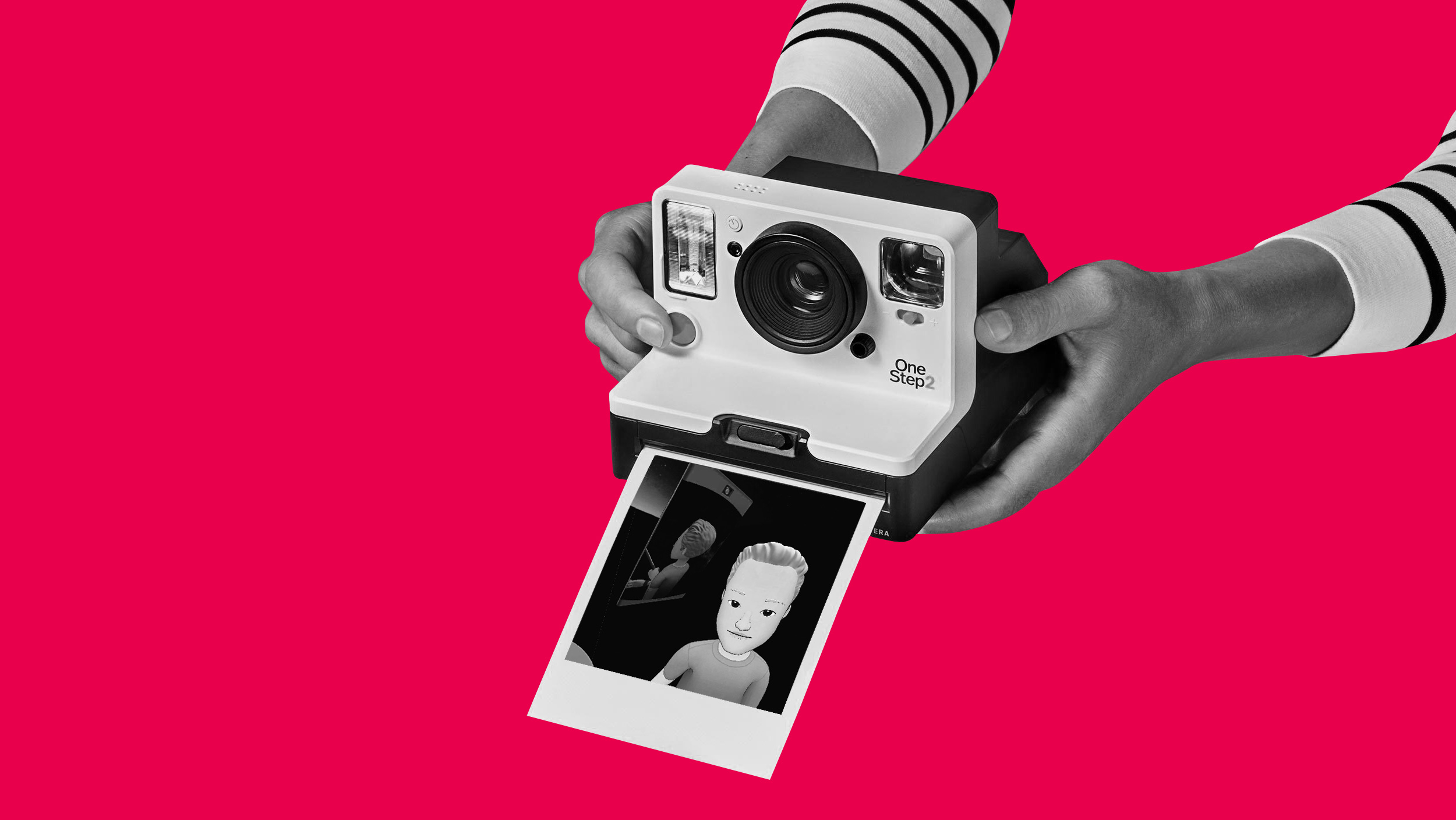 The information age is dead welcome to the experimental age
The information age is dead welcome to the experimental age Anatomy of VR
Anatomy of VR Deciphering the hololens
Deciphering the hololens Make it sound right or break immersion
Make it sound right or break immersion Branding your reality
Branding your reality A deep dive into immersion
A deep dive into immersion Why the suit & ties don’t get VR
Why the suit & ties don’t get VR The hidden marketing value of virtual reality
The hidden marketing value of virtual reality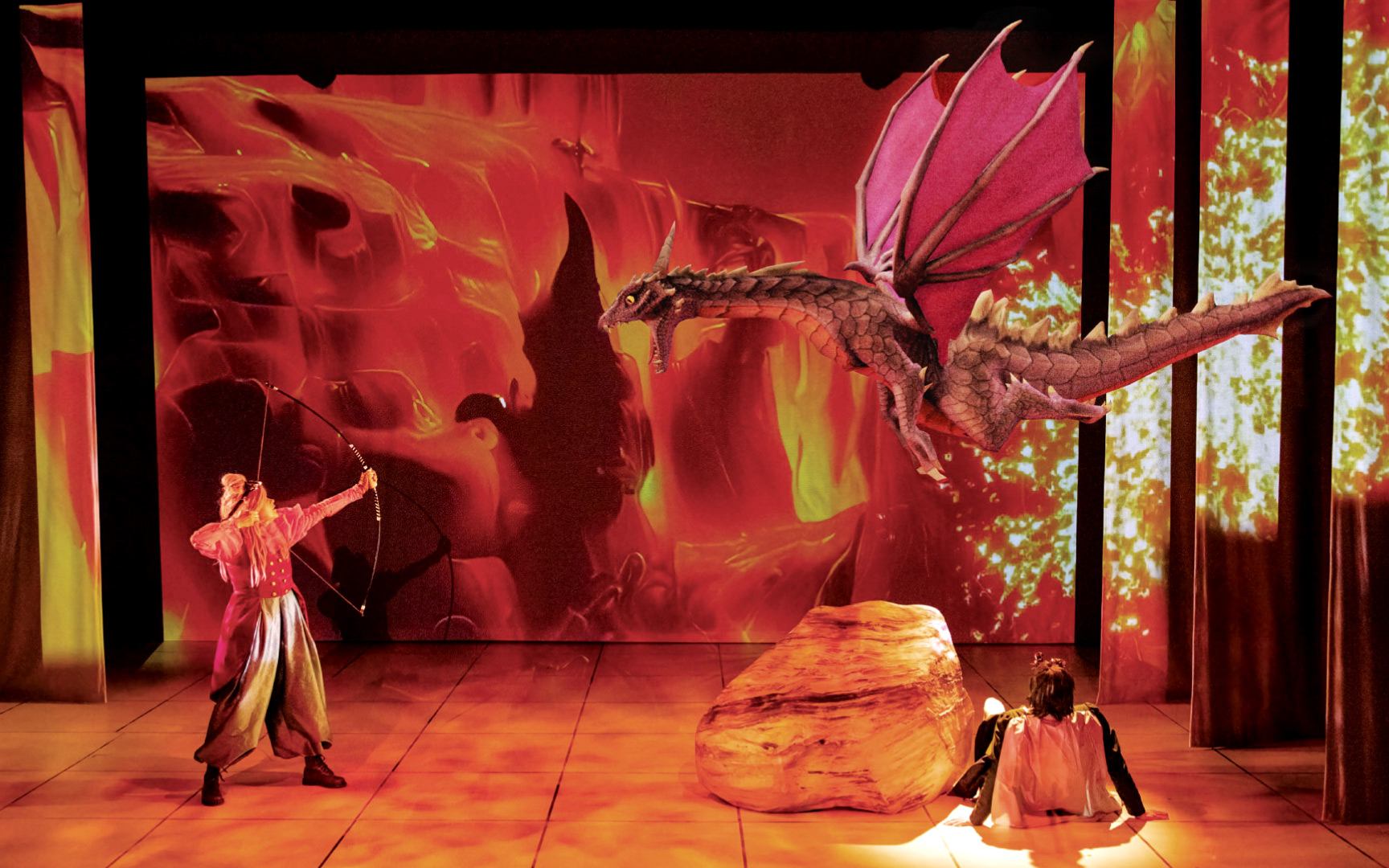 Theatre reimagined with AR
Theatre reimagined with AR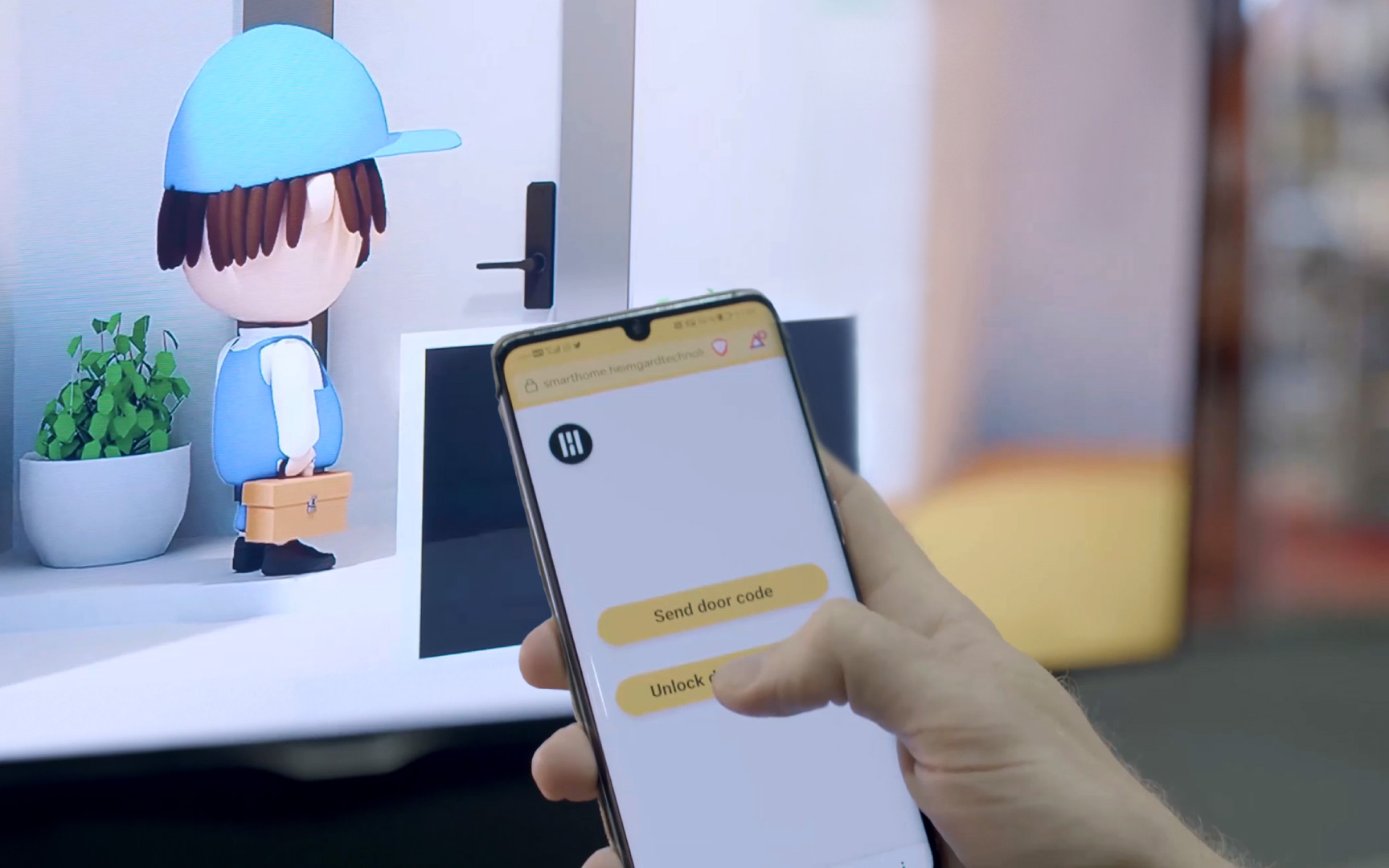 Let your audience control their experience
Let your audience control their experience Immersive web to CRM integration for lead gen
Immersive web to CRM integration for lead gen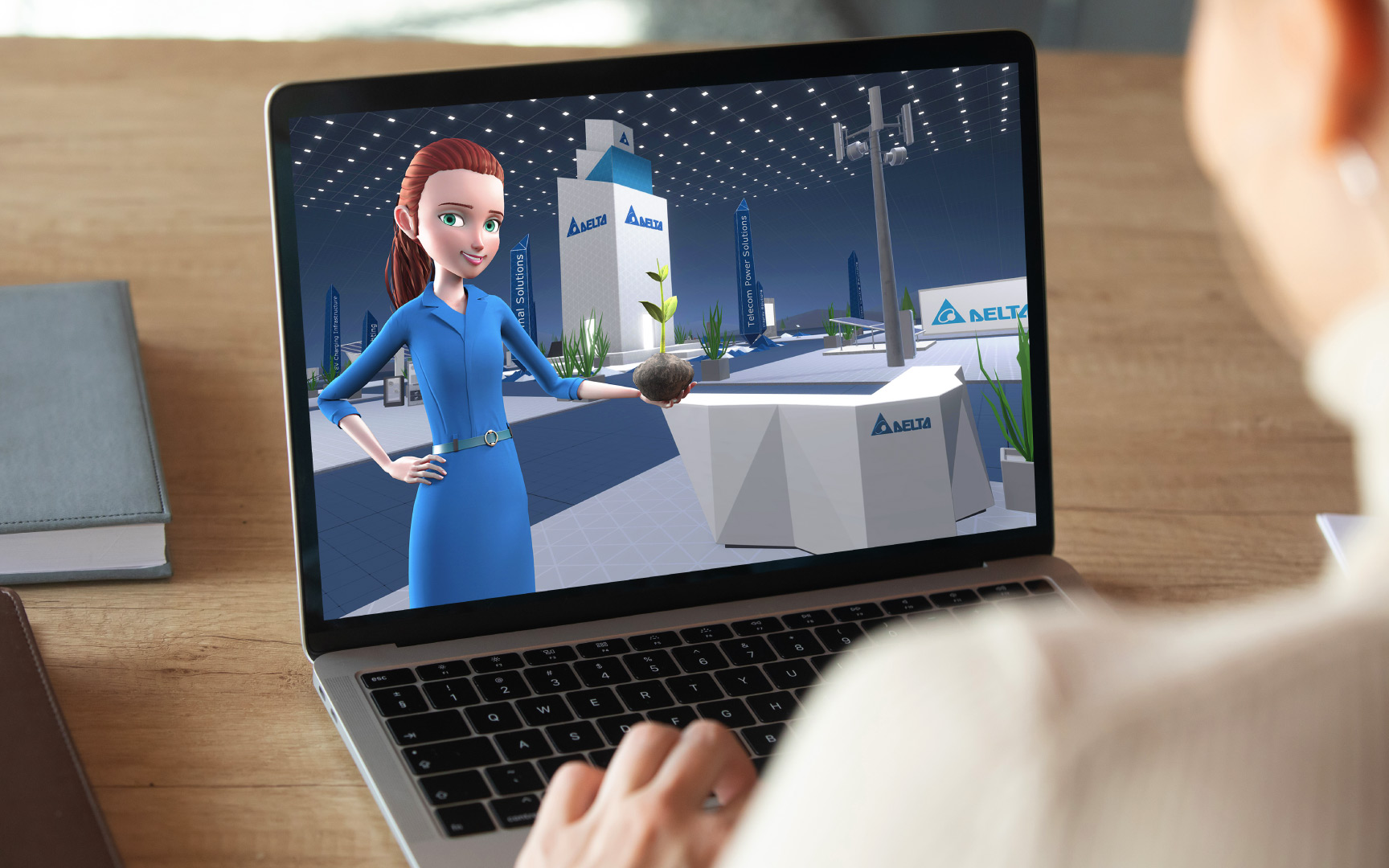 Digital interactive exhibitions during the pandemic
Digital interactive exhibitions during the pandemic Creating a virtual museum with photogrammetry
Creating a virtual museum with photogrammetry Sailing across the pacific in VR
Sailing across the pacific in VR Audience engagement through immersive web
Audience engagement through immersive web Share your architectural vision in AR
Share your architectural vision in AR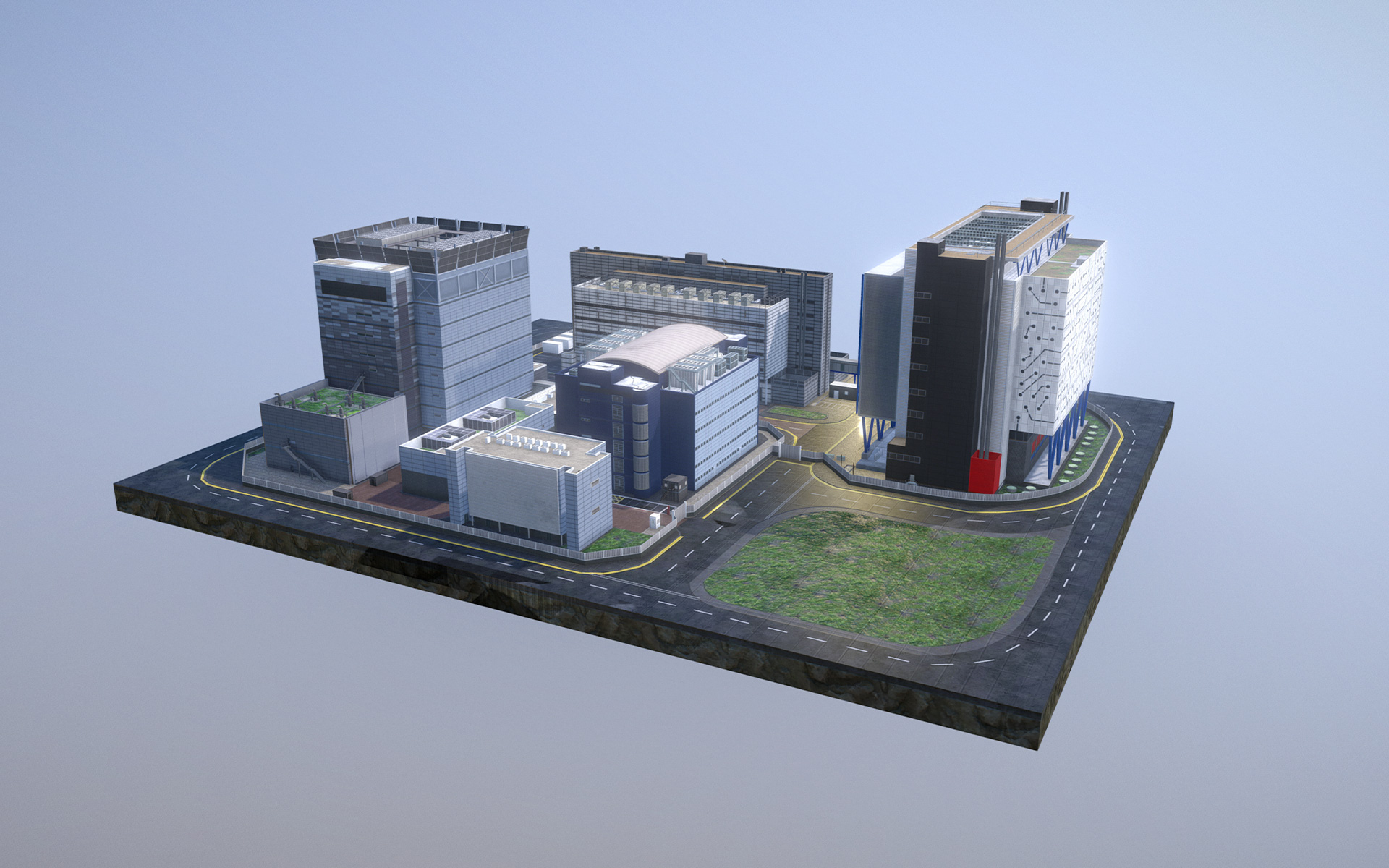 Selling complex installations across WebGL and VR
Selling complex installations across WebGL and VR Bringing history to life with 360 photospheres
Bringing history to life with 360 photospheres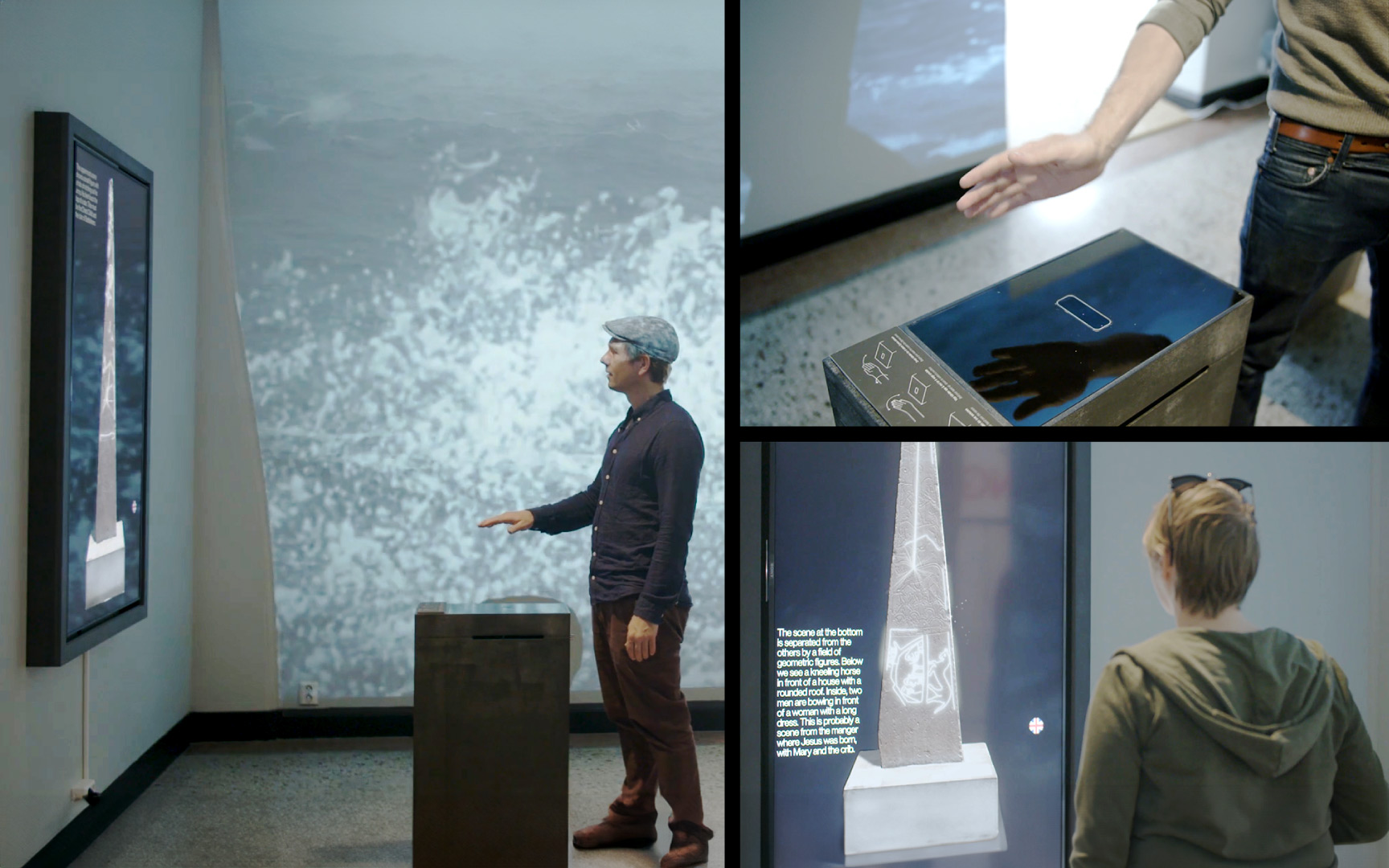 Digitizing hard to exhibit historical artifacts
Digitizing hard to exhibit historical artifacts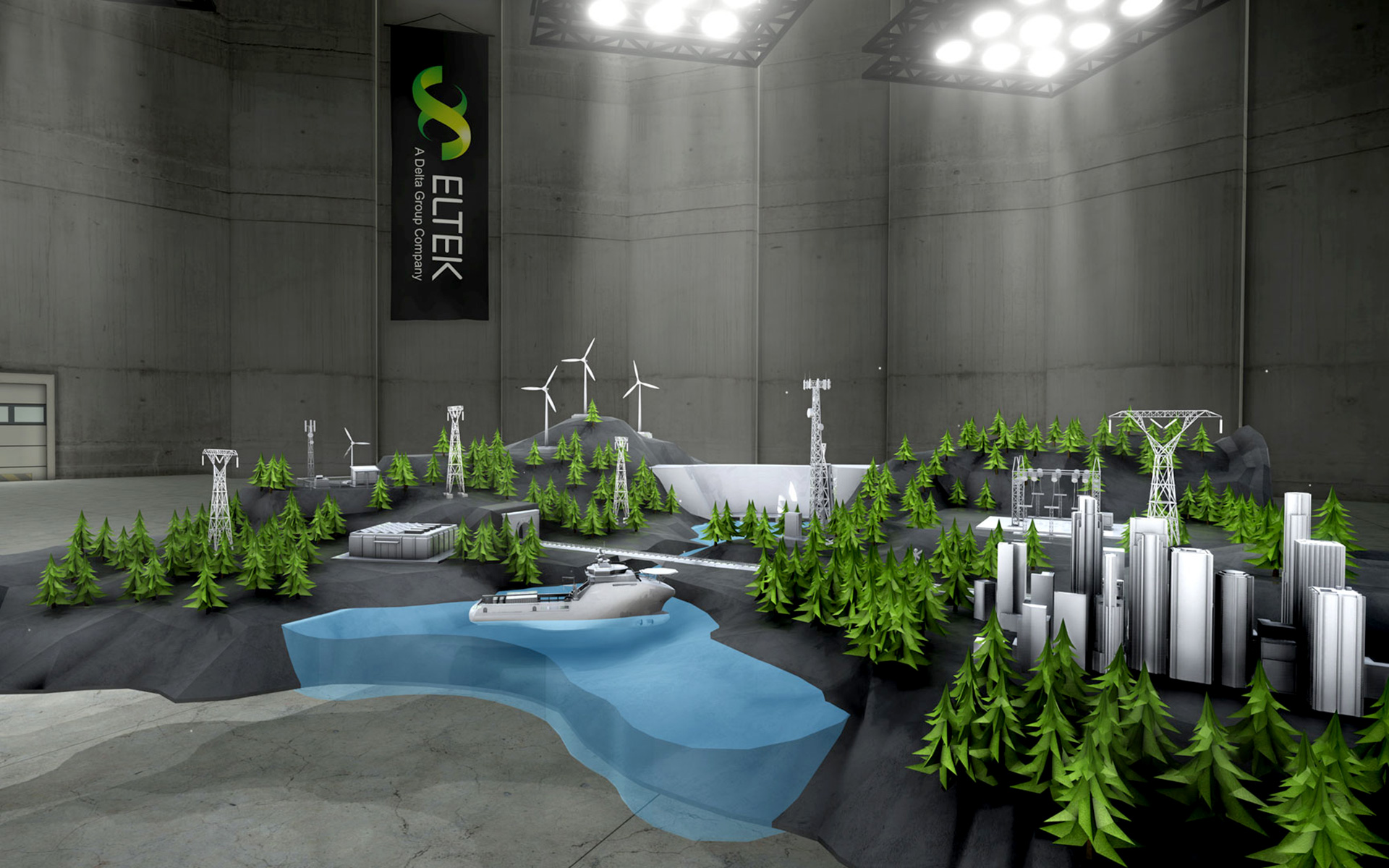 Creating an immersive product showroom
Creating an immersive product showroom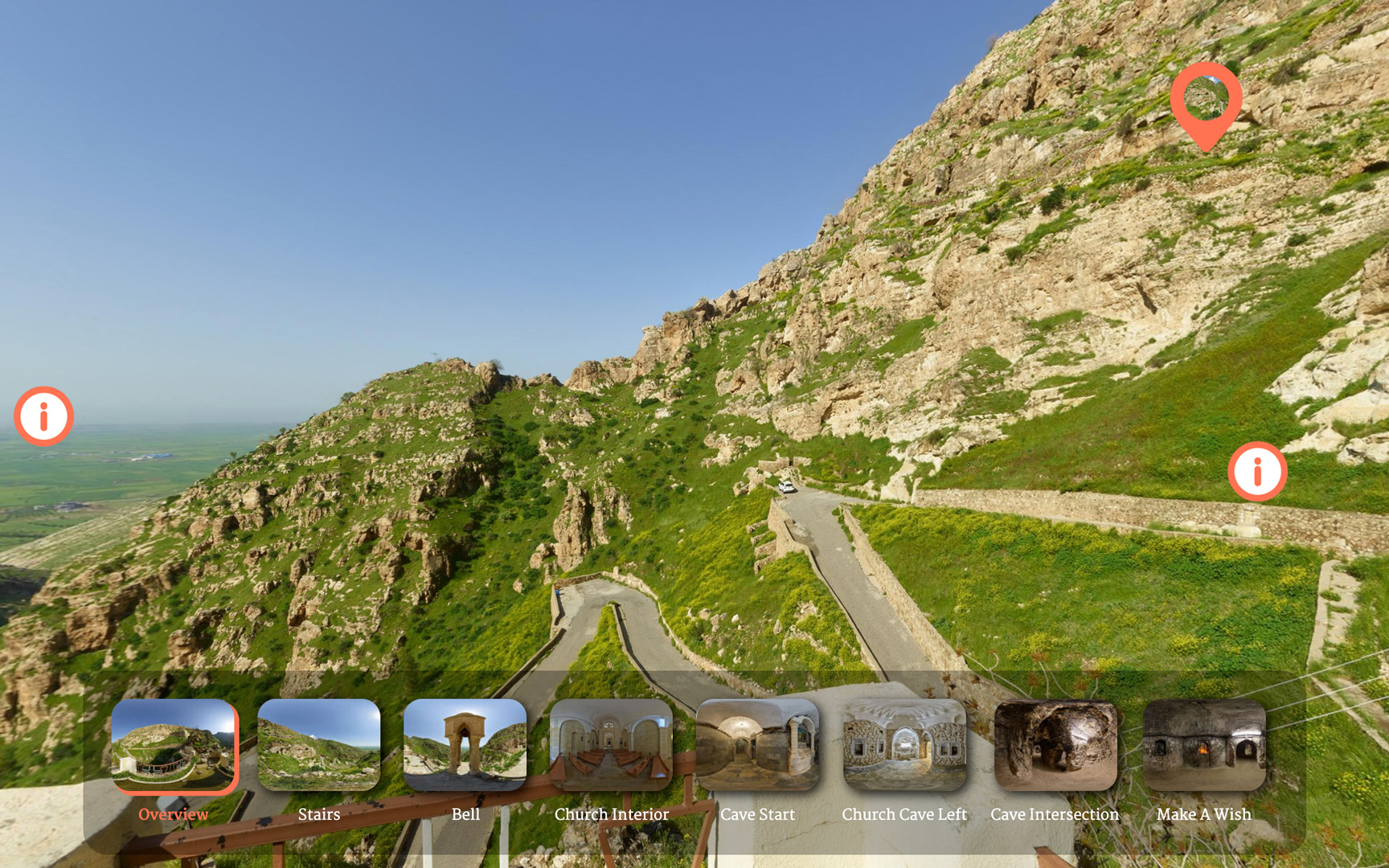 Creating interactive 360 heritage site tours for web
Creating interactive 360 heritage site tours for web